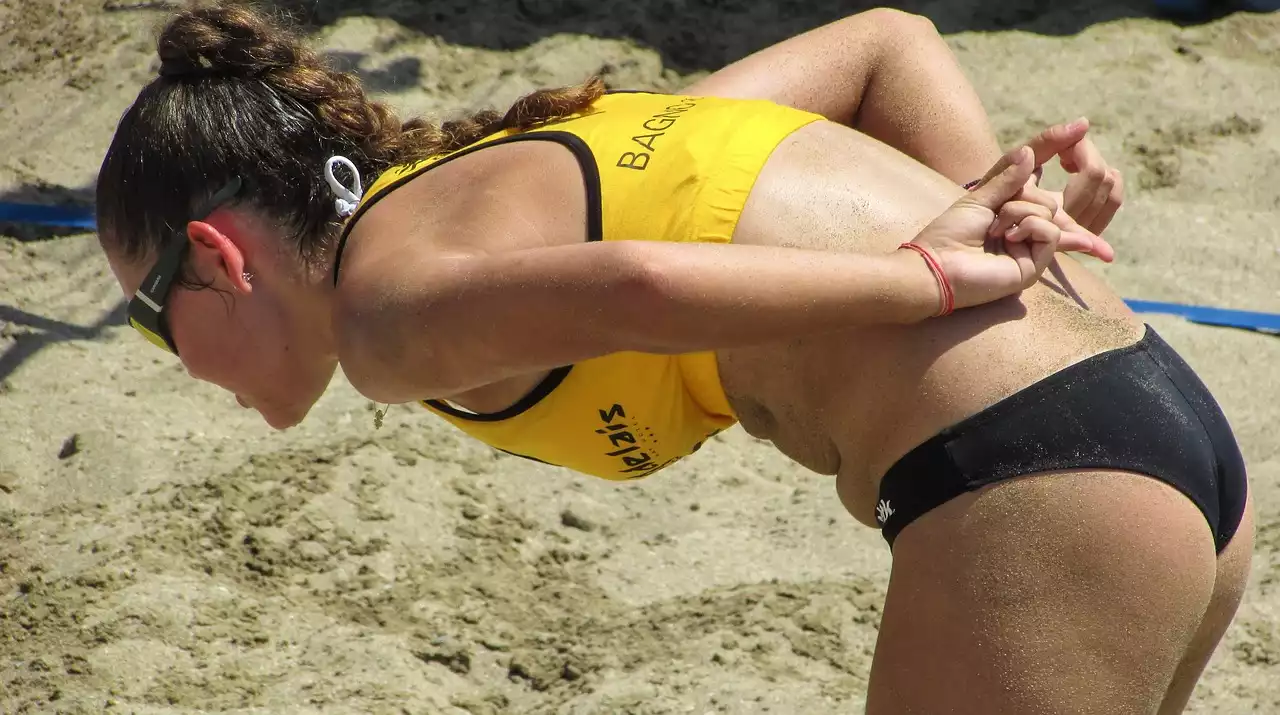The Dimensions and Lines Explained for a Volleyball Court
Volleyball is a sport that requires strict adherence to the rules and regulations set by the governing body. The court dimensions and playing lines are some of the most important rules to abide by, as they dictate the boundaries of the game. It is important to understand the dimensions and lines of a volleyball court to ensure fair and safe play.
Court Dimensions and Measurements
The standard size of a volleyball court is 60 feet long and 30 feet wide. It is divided into two halves by the center line, which is a continuous line running from one end line to the other. The court is also marked by two side lines, which run parallel to the center line and are 30 feet apart. The attack lines are also drawn on the court, and they are located 3 meters from the net in both directions. The service line is marked 10 feet from the net and is used to serve the ball.
Attack Areas
The two attack areas are located in each half of the court. The first attack area is located between the center line and the 3-meter line. The second attack area is located between the 3-meter line and the 10-foot service line. All players must remain within their respective attack area unless they are going for a block or attempting to save the ball.
Playing Lines
The sidelines and the center line are the most important playing lines on a volleyball court. The sidelines run along the width of the court and are used to determine if the ball has gone out of bounds. The center line is used to divide the court into two halves and is used to determine if the ball has crossed over to the other side.
The service line is also an important playing line, as it marks the area where the server must stand when serving the ball. The attack line is marked 3 meters from the net and is used to determine if a player is in the attack area. The back line is marked 10 feet from the net and is used to determine if a player is in the service area.
Court Markings
The court is also marked with various lines and measurements to ensure a fair game. The center circle is marked in the middle of the court and is used to determine the starting positions of the players. The attack lines are marked 3 meters from the net and are used to determine if a player is in the attack area. The service lines are marked 10 feet from the net and are used to determine if a player is in the service area. The back line is marked 10 feet from the net and is used to determine if a player is in the back row.
Best Practices for Setting Up a Volleyball Court
When setting up a volleyball court, it is important to ensure that all the lines and measurements are by the official regulations. All lines should be marked and the court should be free of any obstructions. The court should also be level and free of bumps or uneven surfaces. The net should be tensioned properly and should be the correct height for the level of play.
The dimensions and lines of a volleyball court are essential to ensuring a fair and safe game. Knowing the rules of the game and understanding the court markings is an important part of the game. It is important to take the time to set up the court correctly and to ensure that all lines and measurements are by the official regulations. With the right knowledge and understanding, you can ensure that your volleyball court is ready for a safe and enjoyable game. There are variations in dimensions according to the space and surface that is available to play on, such as backyard volleyball or beach volleyball, but basically, the aspect ratio is the same. The idea is to have fun and play with your opponents fairly and with respect.










